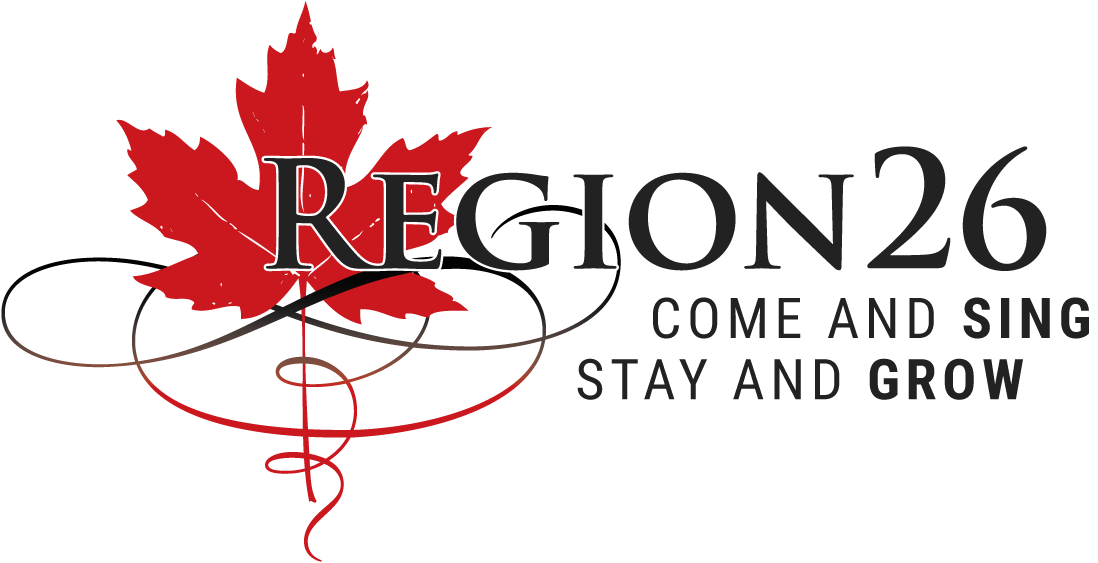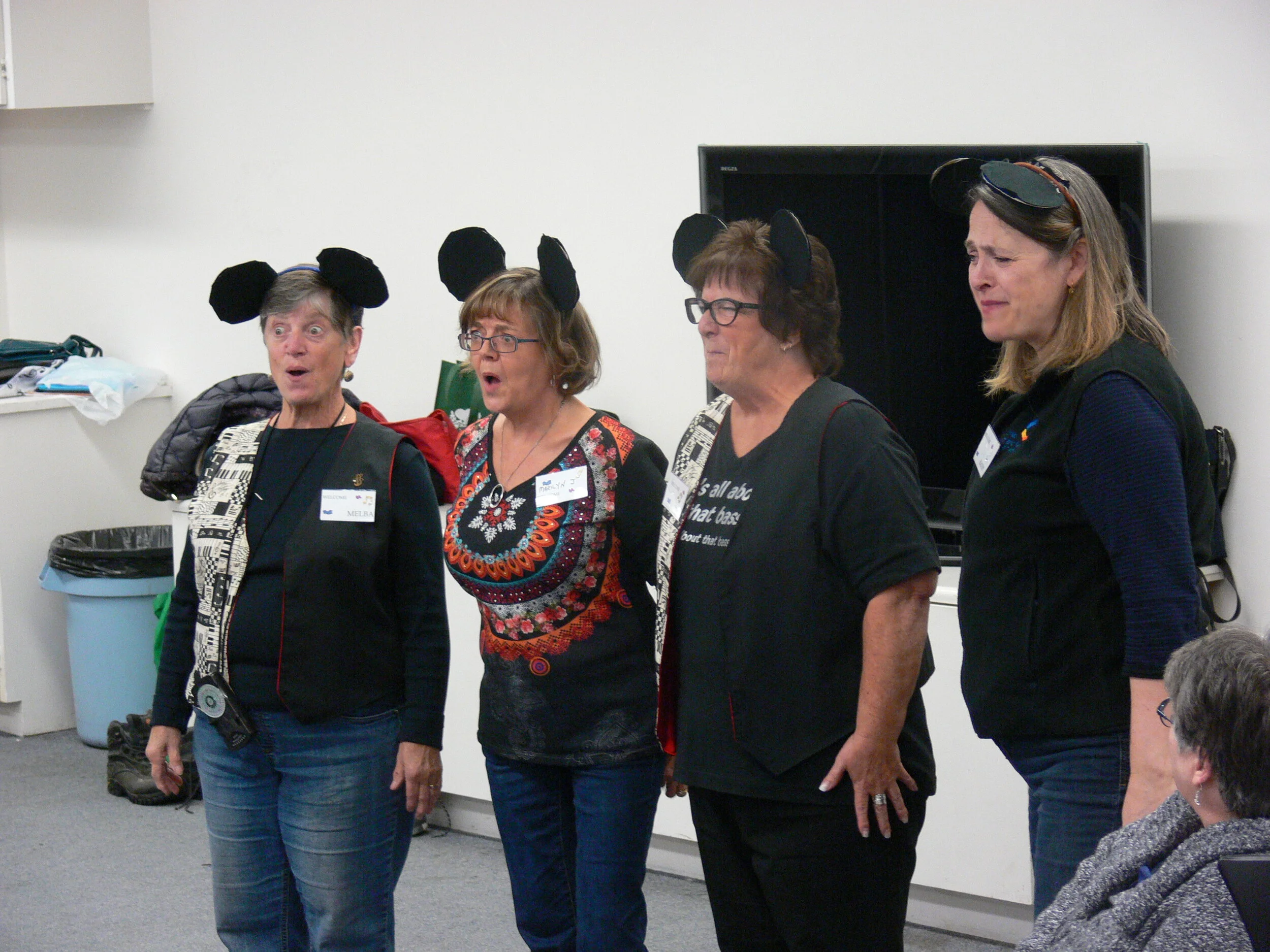Mickey Mouse - More Tools for the SongLeaders Toolbox.
Recently I had the privilege of visiting a Westcoast Harmony rehearsal, where amazing Anne was re-laying down some ‘foundational’ barbershop teaching to her gals. Several times during this rehearsal, Anne corrected a sound or pronunciation; the instruction often went something like this:
‘I heard you sing ‘insert word needing correcting’ this way. Please change it by ‘instructions here.’
Anne sings it the correct way. She then directs the Chorus to sing the word in the improved fashion.
“Good. Now sing it the wrong way again, the way you did previously.’ Chorus sings it wrong.
‘Now sing it the proper way.’
She would often repeat this process a few times to emphasize the difference between the right way and the wrong way to sing a word.
I thought this teaching technique was Super Cool. She’s teaching her gals to LISTEN and COMPARE so they can ultimately learn to recognize pronunciation problems and self-correct.
Last fall our Chorus ran a big recruitment campaign where we employed a similar technique as a tool to demonstrate some learn-to-sing basics. I spontaneously formed the ‘Mickey Mouse Club,’ a quartet of seasoned singers not afraid to be a bit overly dramatic. Hahaha. In a super fun environment, I got these gals to sing the M-I-C-K-E-Y Mouse tag in a variety of different ways to progressively show some points:
What happens to singing when you are still reading your music
Or when you are off the paper, but have NO emotional connection with the music
When you release your face only, to express emotion
When you release your face plus body to fully engage emotionally with a song
The Mickey Mouse Club did several of these ‘before and after’ demonstrations to emphasize aspects of terrible and great performing and allow the singers to compare several versions of the short tag. The gals later gave us feedback that this was a powerful illustration tool - as well as being Great Fun! As the campaign finished, I realized I could have used this technique to illustrate almost ANYTHING in singing … by providing a ‘doing it the wrong way’ illustration followed by a ‘here’s what it sounds/looks like the right way.’
I’ve also used this technique previously when, in my weekly email communication with my super-de-duper Chorus gals, I included (strategically chosen) links to the same song sung by two different groups. Calling it ‘homework,’ I asked them to be prepared to discuss why they liked one performance better than the other at the next Chorus rehearsal.
Teach your sweet gals to improve their own analytic listening, by giving them many audible AND visual pictures of what things should NOT be like, and where you want them to head in their sound and performances. This is an AMAZING Director’s goal! It points toward the old saying about ‘the difference between giving someone food versus the power and longevity of teaching them to grow their own.’
Danita Braun, Director, White Spruce City Chorus

